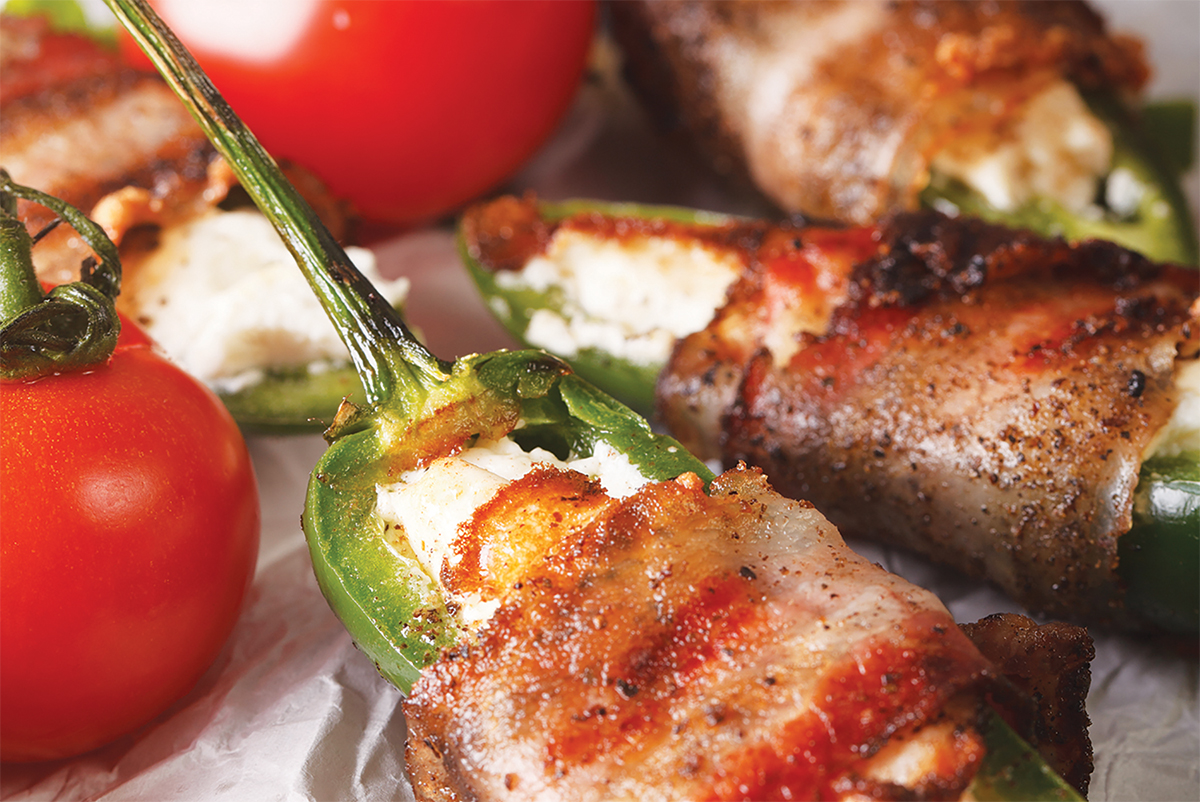Going Gluten-Free?
Making Sense Of Transitioning To A Gluten-Free Lifestyle

Gluten-free … some say it’s a fad; but for some, it’s a matter of life or death. Gluten is a protein that is found in grains such as wheat, rye, and barley. And for many of us, eating gluten doesn’t provide any medical complications. However, for the one in 133 people in the United States who have the inherited autoimmune disease celiac disease, gluten causes inflammation in their small intestines, damaging the villi that line them and promote nutrient absorption. This prevents these individuals from properly absorbing nutrients from their food into their bodies. This leaves them feeling tired, weak, and with a lack of energy. Additional symptoms that have been attributed to gluten-sensitivity include diarrhea, abdominal cramping, bloating, and headaches.
How do these people treat celiac disease? By transitioning their diet to a gluten-free one – a diet that excludes the gluten protein – these folks can help control their symptoms, prevent complications, and heal their damaged villi over time, and thus, ultimately, their nutrient absorption abilities.
Going gluten-free sounds easier said than done, right? Leading a gluten-free lifestyle may seem daunting and frustrating at first. After all, gluten is so commonly found in many of our society’s foods, such as bread and pasta, and even in beer, as well as a wide range of other processed foods that contain these grains. But with time, patience, and a little culinary creativity, you will quickly discover that many of the foods you already eat are actually gluten-free (such as beans, seeds, and nuts in their natural, unprocessed state; fresh eggs; fresh meats, fish, and poultry, as long as they aren’t breaded, batter-coated, or marinated; fruits and veggies; and most dairy products). In addition, grocery stores and restaurants are offering more and more gluten-free items, including gluten-free breads and pastas. And by researching how to substitute gluten-free grains and starches for wheat, barley, and rye (including amaranth, arrowroot, buckwheat, corn and cornmeal, flax, hominy, millet, quinoa, rice, sorghum, soy, tapioca, and teff), and which flours you can safely use in gluten-free cooking, preparing healthy and delicious dishes for your family won’t seem quite so overwhelming.
If you are just starting a gluten-free diet, be sure to consult with your doctor for guidance and advice about how to avoid gluten while still eating a healthy and balanced diet.
Following is one of my favorite go-to gluten-free appetizers that is easy to prepare, super tasty, and sure to add a little spice to your summer dinner or party planning menu.
Bacon Wrapped Jalapeño Poppers
– 1/2 cup cream cheese
– 1/4 cup shredded sharp cheddar cheese
– 6 large jalapeño peppers
– 12 slices of bacon
Cut jalapeño peppers in half and take out the seeds. Mix cream cheese and cheddar cheese in a bowl. Fill peppers with cheese mixture. Wrap each pepper with a slice of bacon. Use a toothpick to hold together. Grill or bake until bacon is thoroughly cooked. There are many variations you can do with this recipe. For instance, add sausage or herbs or mix in the jalapeño seeds to increase the level of heat you want in these Jalapeño Poppers. Enjoy!

